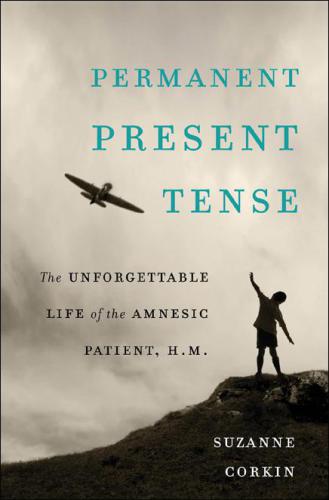
Permanent Present Tense
The Unforgettable Life of the Amnesic Patient, H. M.
زندگی فراموشنشدنی بیمار مهربان، اچ.
کتاب های مرتبط
- اطلاعات
- نقد و بررسی
- دیدگاه کاربران
نقد و بررسی

April 15, 2013
Neuroscientist Corkin writes of her unique relationship with amnesiac Henry Gustav Molaison, or H.M., as he was referred to in a mountain of scientific papers, and of his invaluable contribution to the scientific understanding of memory. For nearly five decades, Corkin (Emeritus, Behavioral Neuroscience/MIT; co-editor: The Neurobiology of Alzheimer's Disease, 1996, etc.) talked with and tested Molaison, who, at age 27 in 1953, had undergone experimental surgery to cure his epilepsy and as a result of removal of parts of his brain had lost the ability to store long-term memories. For the rest of his life, Molaison lived in the present tense. His severe impairment brought him to the attention of the scientific community, eager to understand how memory works. Corkin shows Molaison, whose identity was kept secret during his lifetime, to have been an amiable, intelligent man who cooperated willingly with the neuroscientists, performing countless tests for them and undergoing numerous CT and MRI scans of his brain. For him, every experience was a first-time one; he could not remember an event or person for more than a few seconds. Though he could never recall who she or her co-workers were, the author came to know him well and admire him. Corkin gives the specifics of the many behavioral tasks she asked him to perform, and she relates in clear language the significance of what they revealed about the mechanisms of memory. Molaison's story does not end with his death in 2008, for his brain has been preserved and will continue to be analyzed. Both a compassionate biography and a lucid account of the advances in neuroscience made possible through one man's personal tragedy.
COPYRIGHT(2013) Kirkus Reviews, ALL RIGHTS RESERVED.

July 1, 2013
Henry G. Molaison, age 27, woke up one August day in 1953 without a memory. A well-meaning Hartford surgeon had attempted to treat his intractable epilepsy by removing structures in his frontal lobes thought to cause seizures. Tragically, it soon became apparent that although Henry could remember much of his early life, he could not form new memories or recognize caregivers he encountered every day. As Corkin (behavioral neuroscience, MIT) puts it, Henry lived in a "permanent present tense." Corkin worked with Henry, known as H.M. to protect his privacy, from 1962 until his death in 2008. The scientific articles by Corkin and her colleagues significantly advanced knowledge of how the brain consolidates, encodes, stores, and retrieves the perceptions of everyday life. In the years before PET scans and MRIs, their comparisons of H.M.'s mental functions with those of healthy individuals provided invaluable insights into the brain's mysterious interior. VERDICT This book updates New York Times journalist Philip J. Hilts's Memory's Ghost, a highly regarded 1995 account of H.M.'s life. Corkin's supportive and sympathetic relationship with Molaison humanizes her clearly expressed but rather dry accounts of research on brain functions and anatomy.--Kathleen Arsenault, St. Petersburg, FL
Copyright 2013 Library Journal, LLC Used with permission.

























دیدگاه کاربران